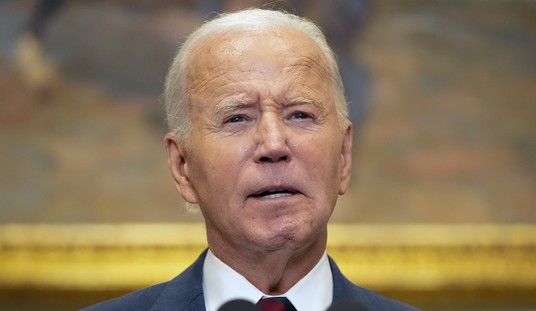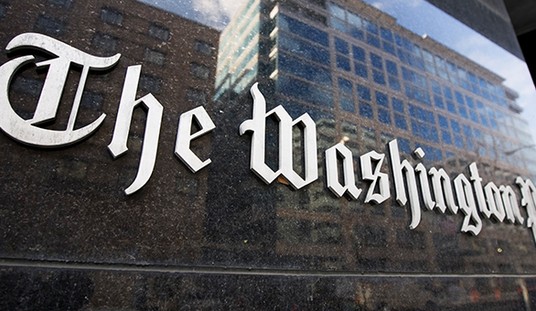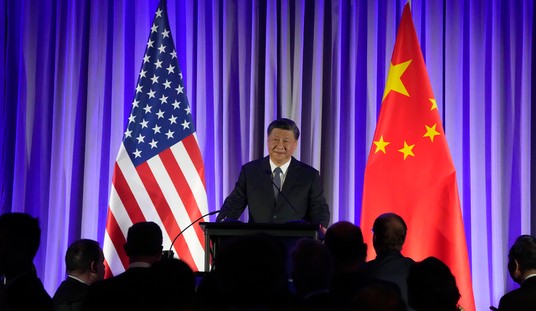ARMISTICE DAY: That’s what today used to be called in America, from 1938, when it was first declared a national holiday, until 1954, when its name was officially changed to Veteran’s Day. James S. Robbins looks back at the impact of World War I:
November 11, 1918 was an end, but only the end of the beginning. The Great War initiated the 30-year suicide of Europe, a tragedy whose causes are still difficult to understand. The European powers were the common inheritors of a culture millennia in the making. They were the leaders in science, culture, and economics. They had assembled the greatest military forces in the history of mankind. They were at the cutting edge of history, and they threw it away. And why? From the other end of the century looking backwards it is hard to understand what drove their animosity. The distinctions between Georgian England and Wilhelmine Germany may have seen great at the time, but are hardly comparable to Anglo-German differences 20 years later. The tsarist autocracy set the standard for brutality in its day, but the tsar was a minor leaguer compared the Lenin and Stalin. World War I introduced new magnitudes of death, both on and off the battlefield. Before 1914, the “Terror” during the French Revolution, in which between 15,000 and 40,000 people were killed, was generally regarded as the bloodiest, most savage act of state policy in European history. The killing of an estimated 1.5 million Armenians during the Great War dramatically changed the scale of what was conceivable










Join the conversation as a VIP Member